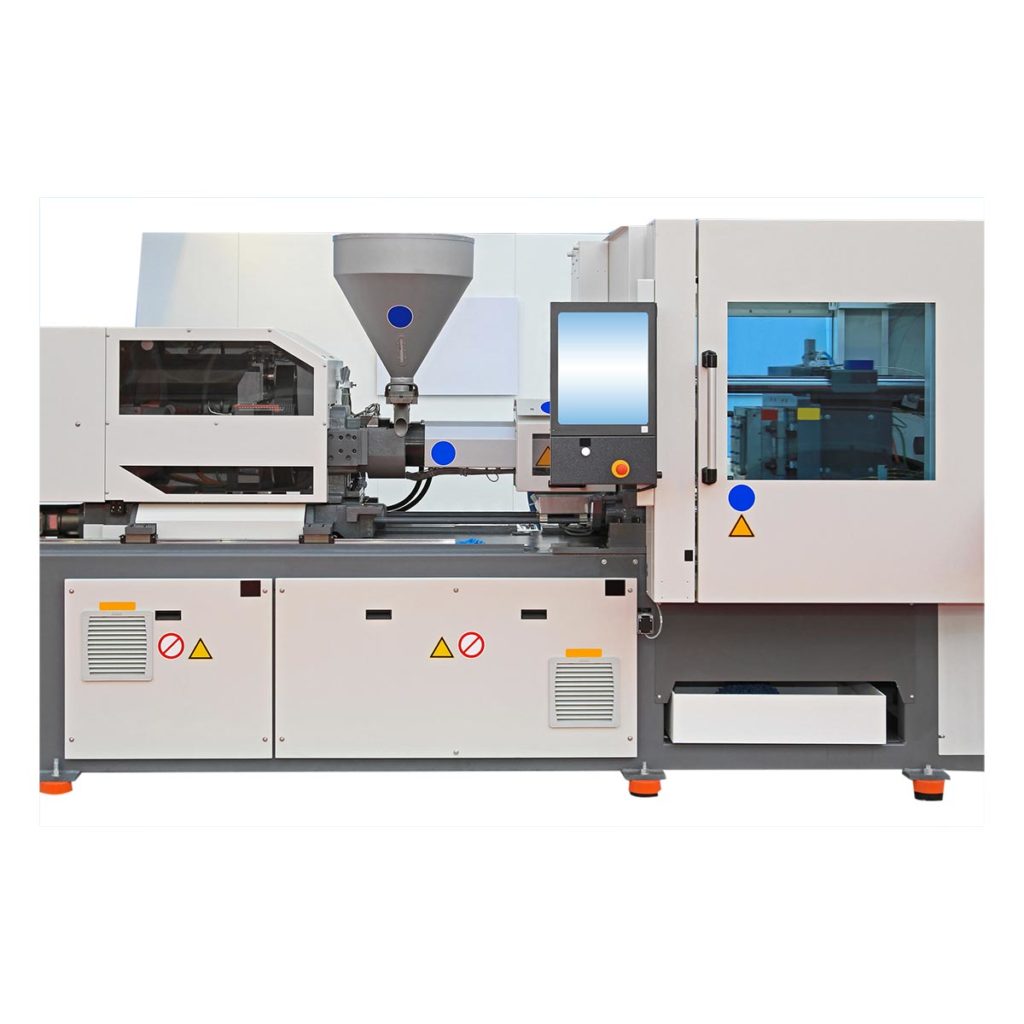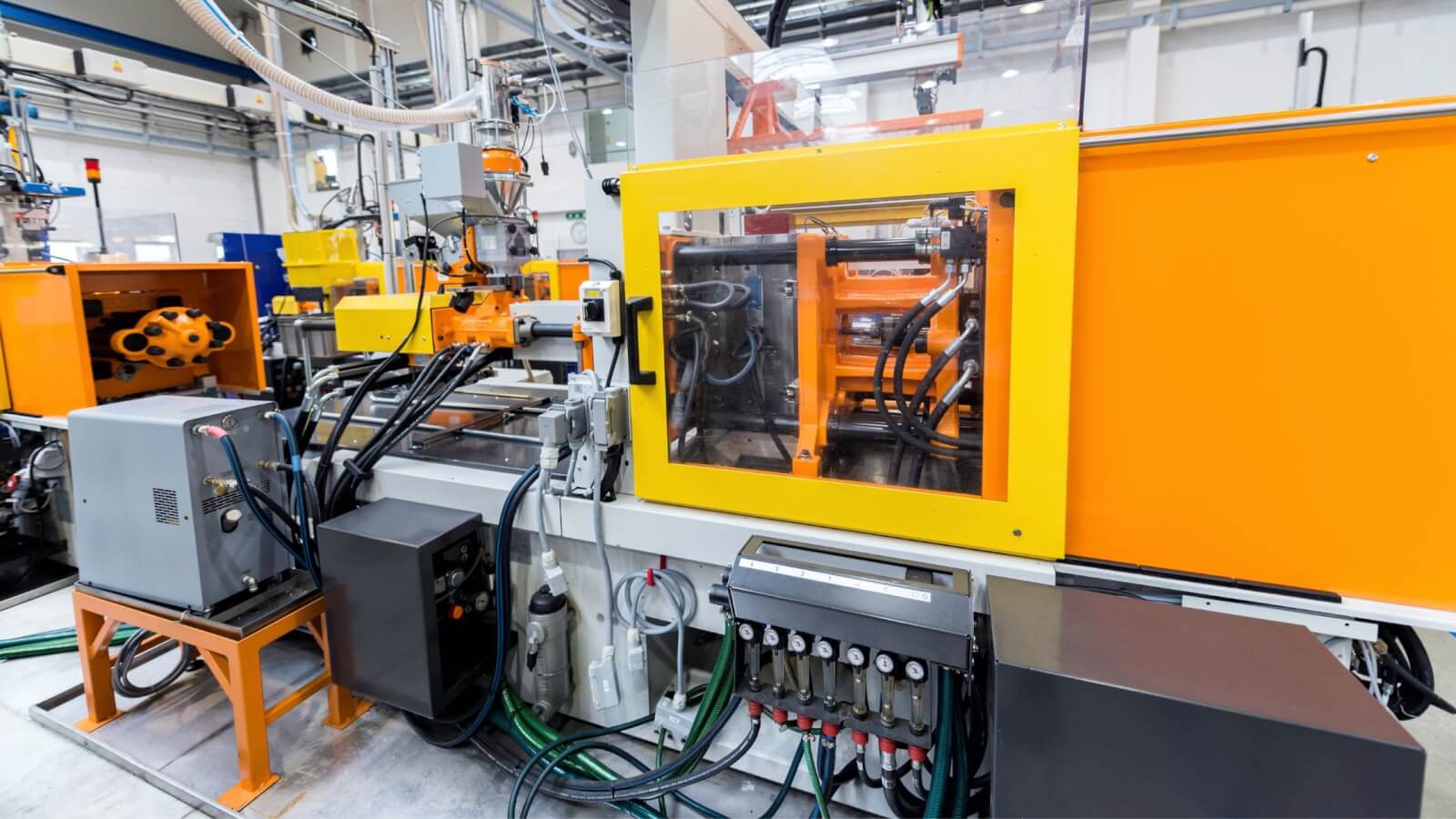How Plastic Injection Molding Makes Sure Uniformity and Accuracy in Manufacturing
A Comprehensive Guide to the Plastic Injection Molding Technology
Plastic shot molding stands as a foundation of modern-day manufacturing, supplying exceptional efficiency and precision in the manufacturing of complex plastic parts. As the landscape of manufacturing progresses, understanding the future trajectory of injection molding comes to be increasingly critical.

Summary of Plastic Shot Molding
Plastic shot molding is a commonly used production procedure that allows the reliable manufacturing of complicated plastic get rid of high accuracy. This innovation has ended up being a foundation in different industries, including automotive, consumer items, and electronic devices, owing to its capacity to generate big quantities of parts quickly and cost-effectively.
The process entails melting plastic granules and infusing the molten product into a pre-designed mold. As soon as cooled down, the mold and mildew is eliminated to reveal the finished part, identified by its complex details and uniformity. The convenience of products utilized in plastic injection molding, varying from thermoplastics to thermosetting polymers, enables producers to tailor items to fulfill certain demands, such as resistance, stamina, and flexibility to heat or chemicals.
Furthermore, the effectiveness of this approach minimizes waste and decreases manufacturing costs, making it an appealing option for services aiming to optimize their production processes. As technology breakthroughs, advancements such as multi-material injection molding and the integration of automation continue to improve the abilities of plastic shot molding, enabling the creation of increasingly advanced items that fulfill the demands of contemporary markets.
The Injection Molding Process
Shot molding is an advanced manufacturing method that entails several crucial actions to change raw plastic materials into completed items. The procedure begins with the preparation of plastic pellets, which are fed right into a warmed barrel. Below, the pellets are melted and co-opted to attain an uniform viscosity.
When adequately heated up, the molten plastic is injected right into a specifically engineered mold under high pressure. This action is critical, as it enables the product to fill every cavity of the mold, making sure the last item accurately shows the designated design. The injection time should be very carefully managed to stop issues and ensure effective material use.
After the mold is filled up, it goes through a cooling phase, where the plastic solidifies into its final shape. This cooling process can differ in period depending on the thickness and complexity of the part. When cooled, the mold opens, and the finished product is expelled.
Key Advantages of This Technology
One of the most substantial benefits of shot molding technology lies in its capability to produce high volumes of specific and regular parts with minimal waste. This performance originates from the computerized nature of the procedure, which substantially decreases manual work and the possibility for human mistake. As an outcome, makers can accomplish a high degree of repeatability in their result, making certain that each part meets rigid quality requirements.
An additional secret benefit is the flexibility of materials that can be made use of in injection molding. A vast array of thermoplastics and thermosetting polymers can be formed, allowing for tailored buildings to fit particular applications. Furthermore, the modern technology supports detailed layouts and complicated geometries, which can be challenging to accomplish with other making methods.
Cost-effectiveness is additionally an important advantage, especially for large manufacturing runs. The preliminary investment in molds might be high, but the long-term cost savings in material waste and labor make injection molding an economically viable option. Injection molding permits for rapid production cycles, making it possible for firms to respond swiftly to market demands and minimize lead times. These benefits solidify injection molding's setting as a recommended production process across various sectors.
Applications Throughout Industries

In the clinical field, injection molding is critical for producing top quality, clean and sterile components, consisting of syringes, medical instruments, and real estates for medical gadgets. The ability to keep tight resistances and generate complex geometries makes it an excellent choice for these applications. The product packaging market benefits from shot molding by creating a large range of containers, closures, and dispensers that are both economical and effective.
The toy sector depends heavily on shot molding to produce vivid, durable, and safe products that attract kids. Last but not least, the building and construction industry utilizes injection molding for creating different fixtures, fittings, and elements that add to both functionality and design. Generally, the wide variety of applications shows the important duty of shot molding modern technology beforehand different markets.
Future Patterns in Injection Molding
Embracing developments in modern technology, the you can look here future of shot molding is positioned for considerable change driven by developments in materials, automation, and lasting techniques. One of one of the most significant patterns is the advancement of bio-based and recycled polymers, which not only lower dependence on nonrenewable fuel sources but additionally minimize environmental impact. As manufacturers progressively focus on green remedies, these products are becoming extra common in production.
Automation is an additional crucial trend forming the industry. The assimilation of robotics and synthetic knowledge into the shot molding process improves production, accuracy, and efficiency speed. Smart manufacturing facilities equipped with IoT gadgets permit real-time monitoring and anticipating upkeep, reducing downtime and enhancing functional procedures.
Additionally, the shift in the direction of tailored and small-batch production is getting energy. Advanced technologies such as 3D printing and additive manufacturing allow quick prototyping and the production of complex geometries that were previously unattainable. This shift enables firms to react better to market demands and customer choices.
Verdict
In verdict, plastic shot molding innovation represents i was reading this a cornerstone of modern-day production, providing efficiency and convenience in generating complicated parts throughout diverse industries. The thorough exam of the injection molding process highlights its crucial phases and benefits, while the exploration of applications emphasizes its extensive relevance.
Plastic injection molding stands as a foundation of contemporary manufacturing, supplying exceptional performance and accuracy in the production of complicated plastic components (Plastic Injection Molding). The adaptability of materials made use of in plastic shot molding, ranging from thermoplastics to thermosetting polymers, enables producers to customize products to fulfill particular needs, such as resistance, strength, and adaptability to heat or chemicals
Injection molding is an innovative manufacturing method that entails a number of essential steps to change raw plastic products into completed items.The flexibility and effectiveness of shot molding technology have led to its prevalent fostering across many sectors.In conclusion, plastic injection molding innovation stands for a cornerstone of modern manufacturing, supplying efficiency and flexibility in producing complex parts across diverse markets.